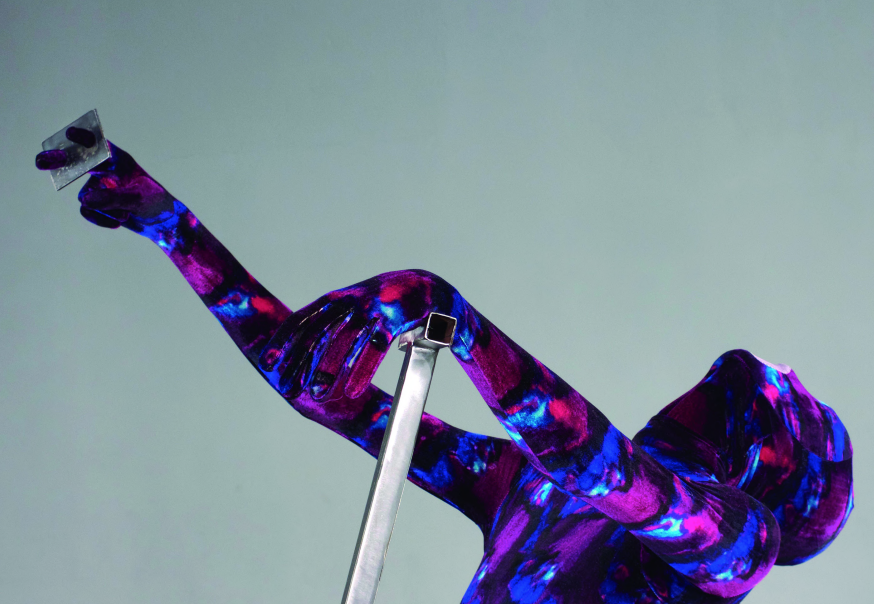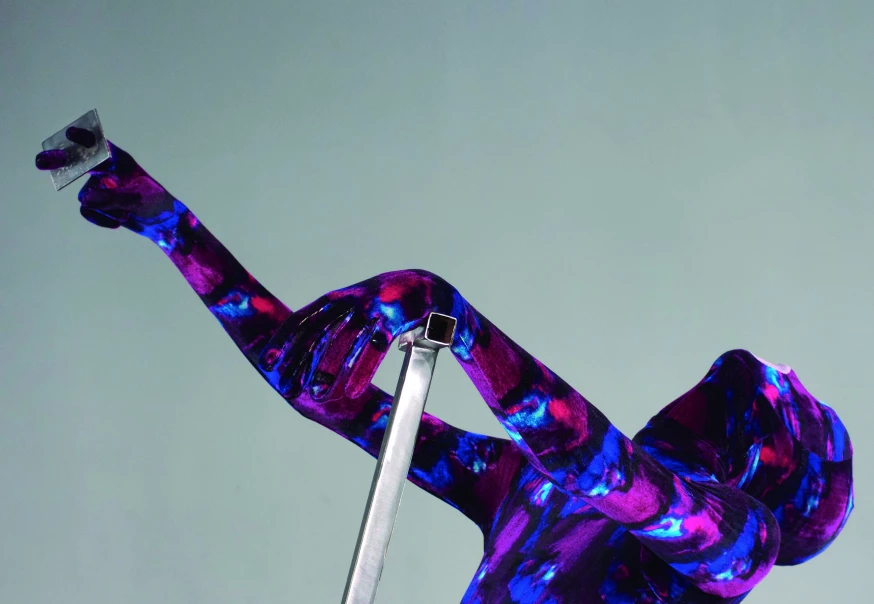
- Date
- 26 JUNE 2023
- Author
- MIRA WANDERLUST
- Image by
- PABLO ASTORGA DIAZ
- Categories
- Interviews
Samantha Ozer Presents Tono: The New Festival of Video and Performance Art in Mexico City
TONO is a new festival in Mexico City for time-based artwork, including dance, performance, and video art. With museum and gallery partners across the city, the exhibition featured local, regional, and international artists. Long-term, TONO will become an important space for dialogue surrounding time-based practices and for creating new threads of research. The inaugural TONO Festival opened in April 2023 and was runned for two weeks.
Mexico City, one of the world’s most dynamic art capitals, hosted TONO, a new festival of video and performance art, which mounted its ambitious inaugural edition from April 18 to 30. Organized and curated by Samantha Ozer, it featured four video exhibitions and nine performances in nine separate venues across the city. If both video and performance together seem too broad a rubric — comprising most time-based media — TONO’s theme of “Ritmo” (Rhythm) helped lend its sprawling program a sense of cohesion. Music and its attendant subcultures were a focus of most videos on display, and nearly all the performances had prominent soundtracks. This was apt in a city ringing at all hours with the sounds of mariachis and street vendors, a place where rhythm has been fundamental to creative expression since the Aztecs lay the first stones atop Lake Texcoco.
TONO is supported by leading curators and directors at institutions throughout Mexico, the US, South America, and Europe. The festival created a platform for Mexican audiences to connect with international artists and for Mexican artists to have a global presentation.
The TONO’s theme was ‘rhythm’ - ‘’We are interested in how rhythm acts as a thread to explore different group dynamics and social structures. At a point in which the idea of a greater “we” is fragmented, what channels do we have for connection and communication with ourselves and our environments? How do local frequencies have a global effect?’’
Participating video installations and performances considered the role of dance and music in fostering identity-whether individual, collective, group, etc; interspecies connection; non-verbal language and transmission (virality of music); politics of sound; and ecological connection / rhythm.
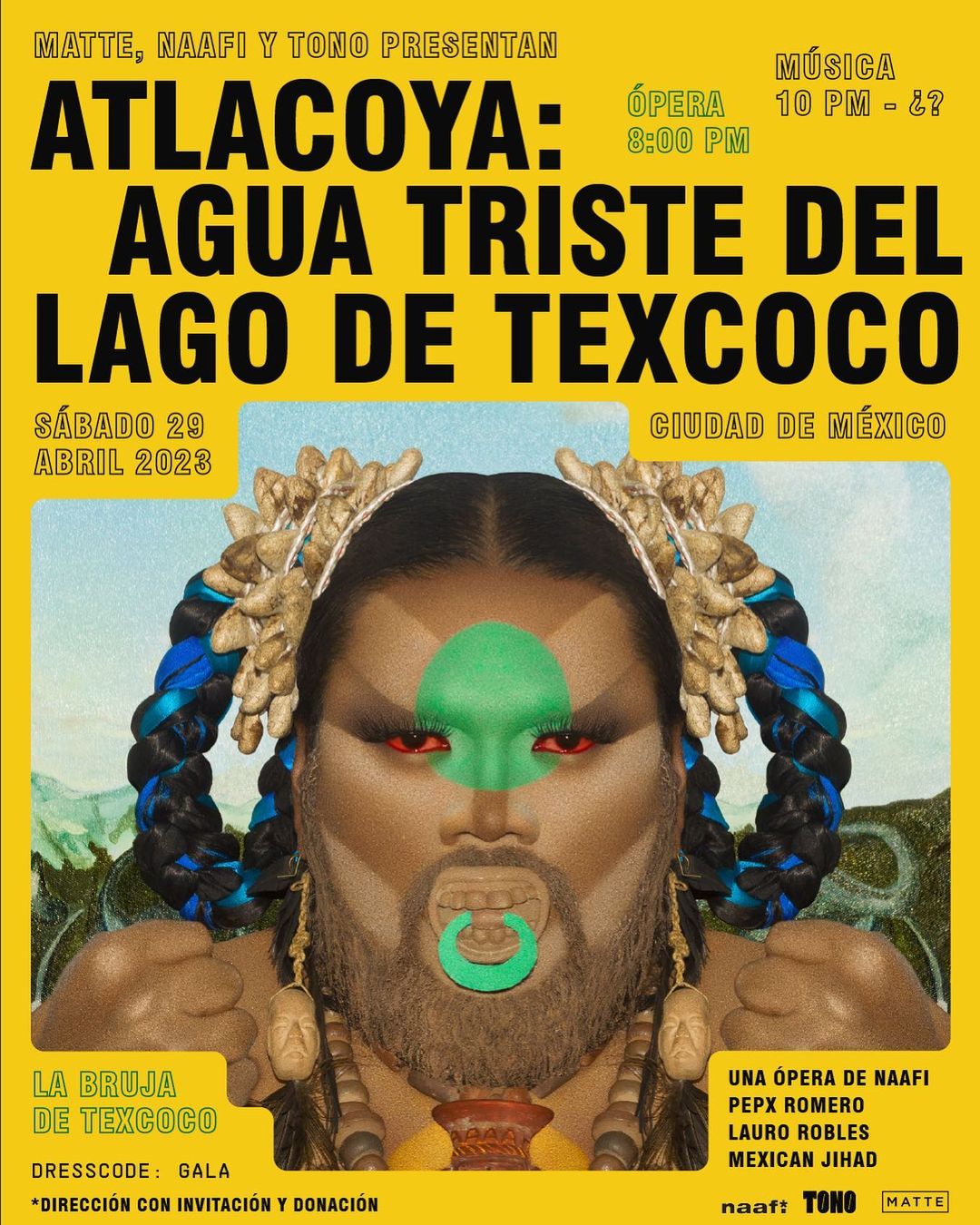
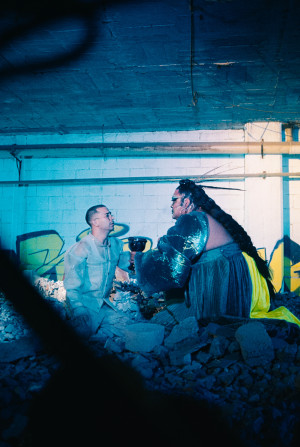
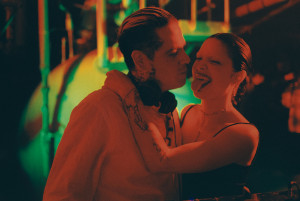
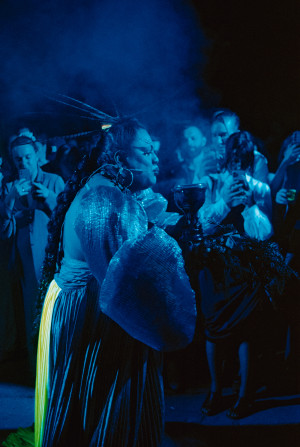
TONO was thrilled to work with artists from Argentina, Armenia, Brazil, Colombia, the Dominican Republic, France, Mexico, Morocco, Peru, Poland, Sweden, the United Kingdom, and the United States. Artists include: Lotte Andersen, Cecilia Bengolea, Meriem Bennani, Alberto Bustamante aka Mexican Jihad, La Bruja de Texcoco, Naomi Rincón Gallardo, Santiago Gómez, Agata Ingarden, Arthur Jafa, Naima Karlsson, Kebra, Ligia Lewis, Paloma Contreras Lomas, Max Manzano, Garush Melkonyan, Jao Moon, Diane Severin Nguyen, Lauro Robles, Pepx Romero, Luiz Roque, Jacolby Satterwhite, Diego Vega Solorza, Alonso Leon-Velarde, Wangshui, and Osías Yanov.
TONO’s founder, Samantha Ozer, is a curator and writer based between Mexico City and New York. She has organized projects independently in Athens, Mexico City, and Milan and at the David Kordansky Gallery in Los Angeles as a curatorial member of The Racial Imaginary Institute. She has held curatorial roles at the Museum of Modern Art and MoMA PS1 in New York. She is currently a researcher in Ekene Ijeoma’s Poetic Justice Group at the MIT Media Lab. She is a contributor for Artforum, CFA, Cultured, Cura, Frieze, Materia, PIN-UP Magazine, and Purple Magazine, where she is an arts editor and was Editor-at-large for the Mexico City issue. We are curious how Samantha organized and curated such a successful festival, so we reached for an exclusive interview:
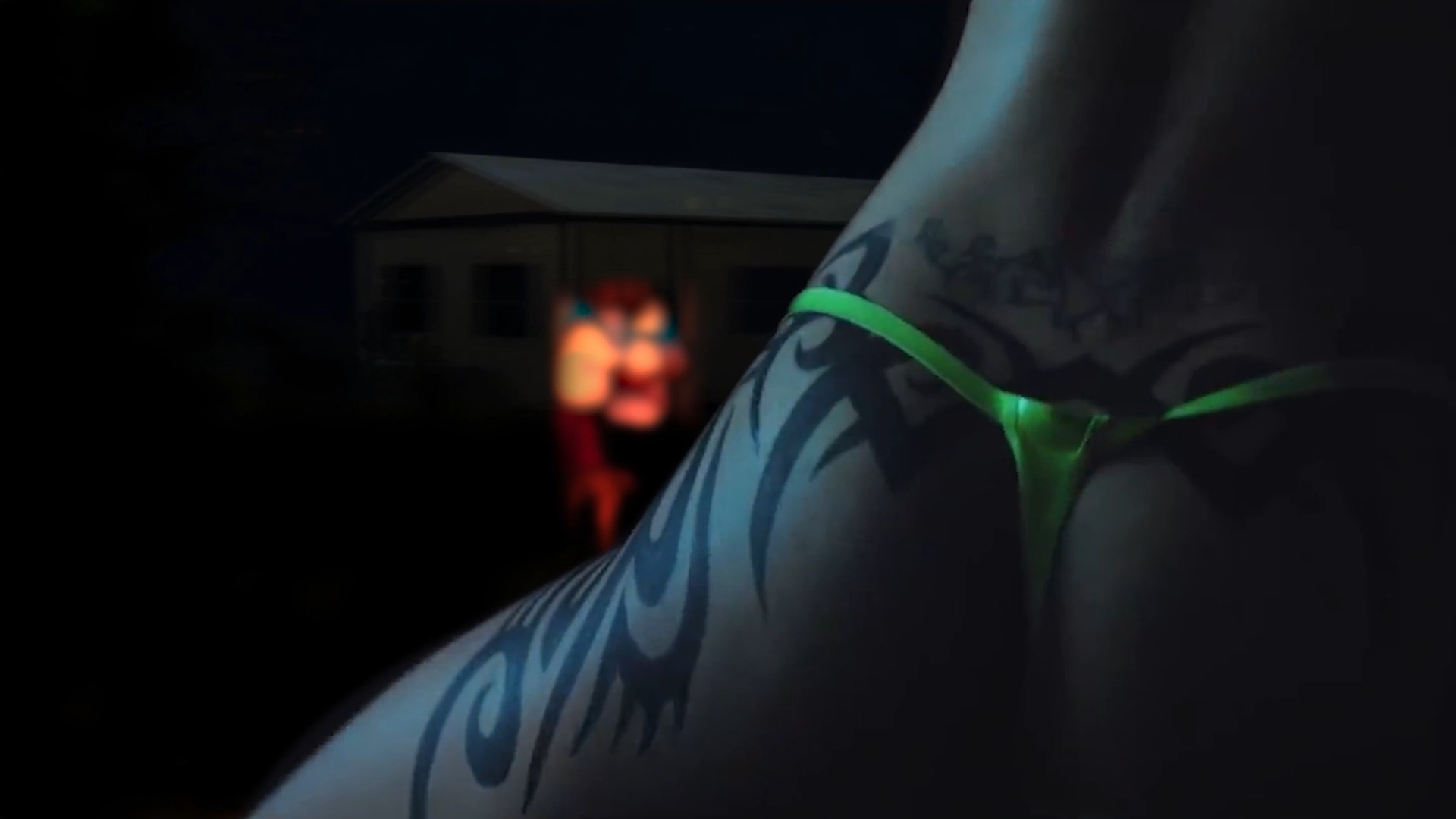
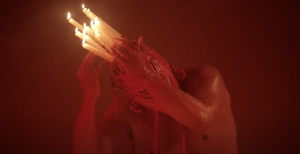
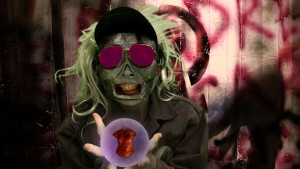
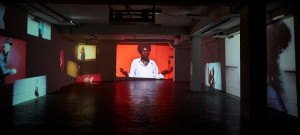
How would you describe in a few words your approach to curating art?
Curatorially, my approach is quite intuitive and once I start working with an artist I take that as the beginning of a conversation that ideally will flow into future projects. I also like to work rhizomatically, so oftentimes artists already involved in a project will introduce me to someone else who I end up inviting to participate.
Why does the world need an art festival with a new vision, like TONO, especially in Mexico City? It looks very challenging, also we think that the decisions about the locations, nine totally, were very important and were made at an early stage. Did you visit them first, scouted the locations and defined them for yourself or was this done together with the artists?
TONO is very much a product of Mexico City and my experiences of organizing projects here and the current art scene. Mexico City has an incredible art community, with many commercial galleries, a range of institutions, and a lot of artists living here and many now moving here or very interested in presenting their work here. Historically, there is a rich history of performance art in Mexico City, especially championed at museums like Ex Teresa Arte Actual, which I’m thrilled to be collaborating with for TONO. However, with video art and installation, there has been less institutional support and focus on this type of production– institutions like Laboratorio Arte Alameda have always been more experimental and presented large-scale video installations and more recently the Museo Tamayo has presented more video, including shows by Miguel Calderon and a current show with Albert Serra. With TONO, I am interested in thinking about time-based practices in the context with one another and not as separate fields–so how moving image relates to performance, and to music, etc. This is why it was important for me that TONO didn’t focus on just performance or video but really brought them together.
In terms of the locations, some of them, such as Ex Teresa Arte Actual, I had collaborated with before, and the majority of the rest I had chosen. The one exception is Zyana, which is where the NAAFI opera is taking place and also where their studio is. As they conceived of the opera there, they felt it was important to host the performance here as well.
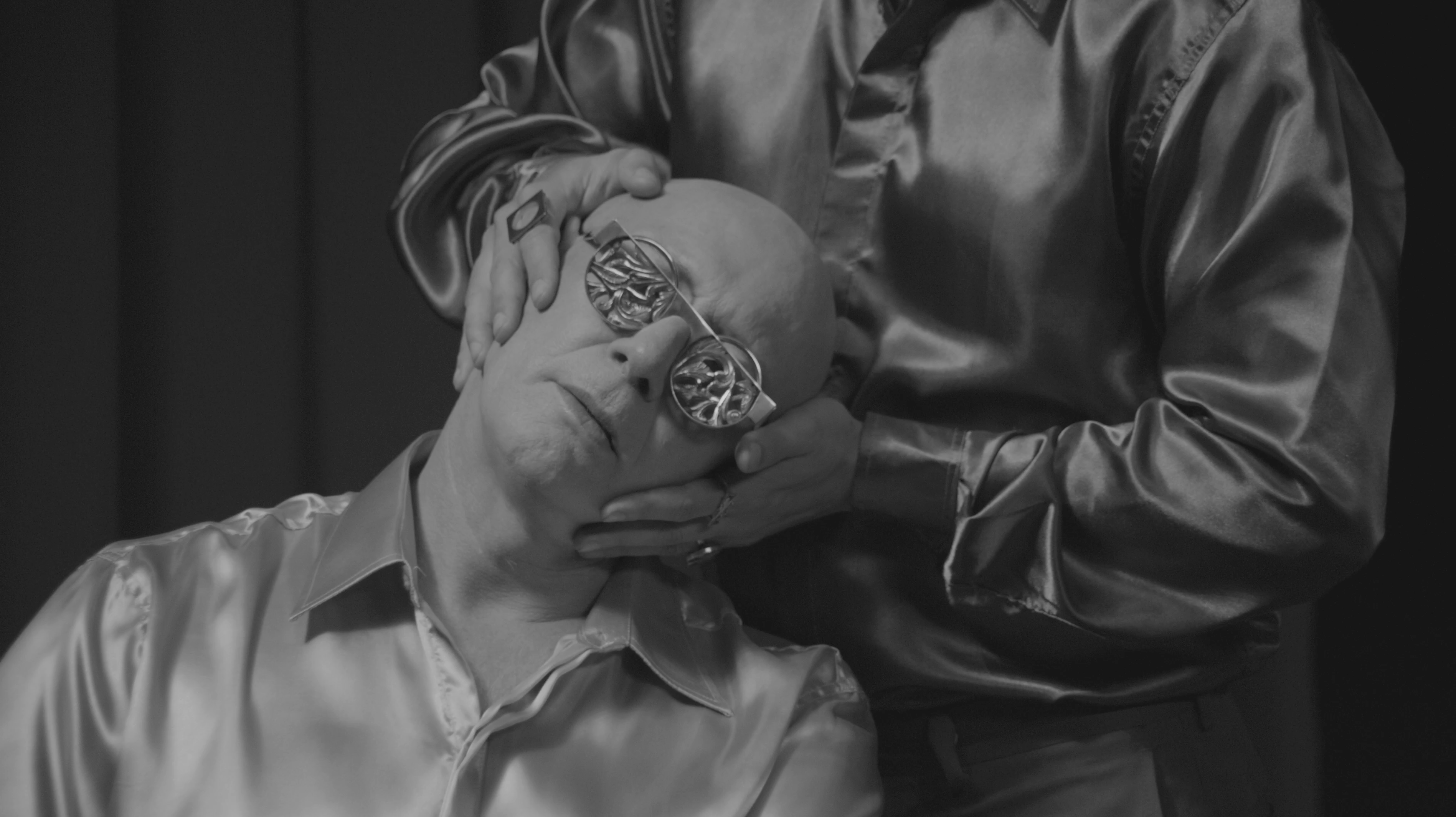
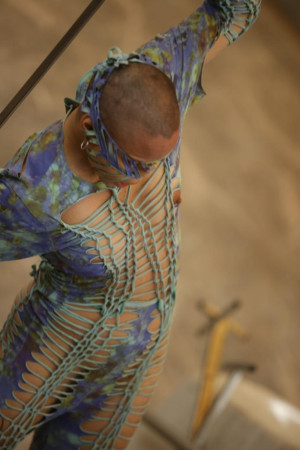
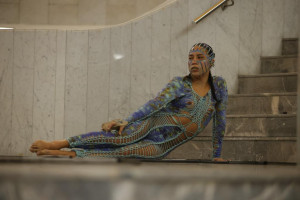
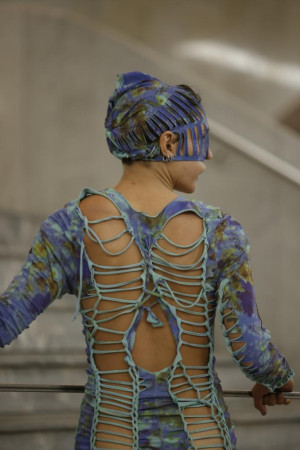
Over thirty artists were involved in TONO. How many artists were contacted or wanted initially? Are there others you wanted to be involved in? It seems you were interested in the approach, the curatorial methodology and the process. As a selection process, was this a new experimental approach for you?
The project was able to expand as I confirmed venues. As I mentioned, my approach is quite intuitive and once I start working with an artist I take that as the beginning of a conversation that ideally will flow into future projects. I had already worked with TONO artists such as Lotte Andersen, Paloma Contreras Lomas, Garush Melkonyan, Luiz Roque, and WangShui. When I reached out to WangShui about participating in TONO, they actually brought up that Alberto Bustamante was working on an opera with Lauro Robles through their record label NAAFI. While I knew Alberto from NAAFI parties, I was excited to learn about this project and to be able to produce it for TONO. So in terms of the approach, it was not exactly new for me but continuing to rather follow my intuition with projects and being open to suggestions from artists and other collaborators.
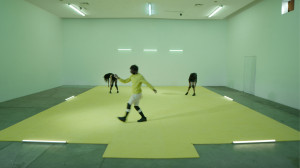
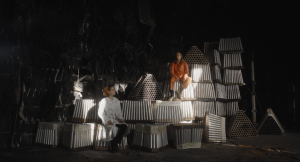
How do you handle the situation when you have the feeling that the work of an artist is not going to be as strong or have the impact you would expect on people?
I put a lot of trust in artists I work with, especially on new commissions, to support their vision as it develops and often changes. I tend to follow my intuition on this, but if an artist is really excited about an idea, even if the direction is unclear, I’ll follow their lead. In general, people are excited when someone is excited about what they are doing so if an artist is confident in their idea and you can give them the support to push through you often develop something that’s amazing. Of course, there are situations in which it is important to consider the public context–whether around issues of language, or cultural specificity; however, I tend to generally focus on the artist and the idea.
Do you visit a lot of exhibitions to inspire yourself and become familiar with new curatorial practices?
Definitely. I think it’s important to see what other people are thinking about, also it’s the best way to learn about new artists.
What do you think are the differences between artists and curators? Do they share the same theoretical background?
Depends on the context.
